Talk to any frugal person or read a frugal living blog today, and we can guarantee you that one of the tips that would come up is to buy food items in bulk. While it is true that you will likely save money per unit price, you should know that not all foods should be bought in bulk.
If you buy them in bulk, you need to buy just what you can use within the food’s lifespan, and more importantly, you need to know how to store them well. These are some of the pantry items that you should have already tossed, as they are way past their shelf life.
1. Brown Rice
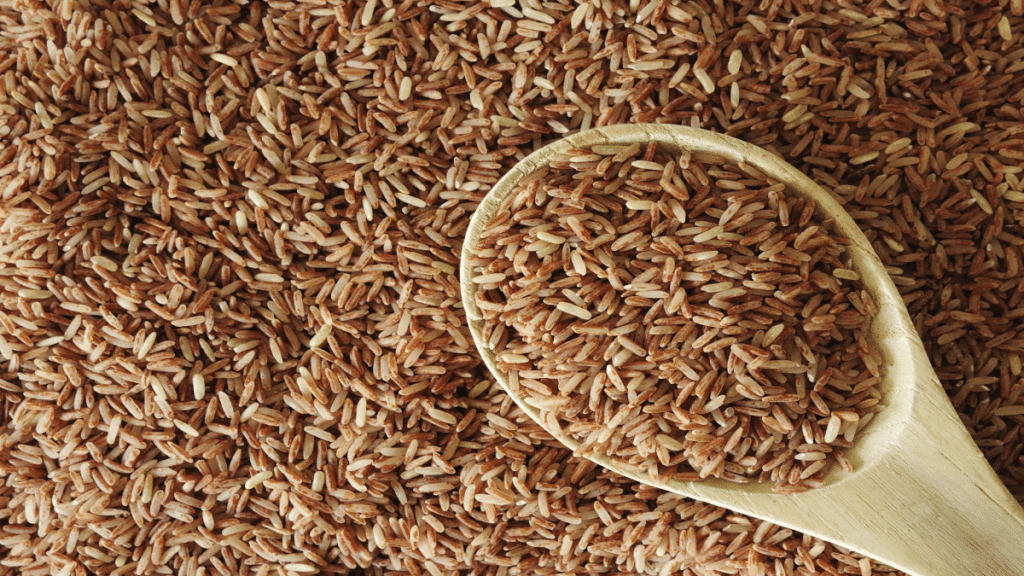
Brown rice, often hailed as a healthier alternative to white rice, has a shorter shelf life due to the oil content in its bran layer. Once that oil goes rancid, you’re looking at a maximum shelf life of about six months.
If you want to extend its life, consider storing it in the freezer for up to a year.
2. Quinoa and Whole Grains
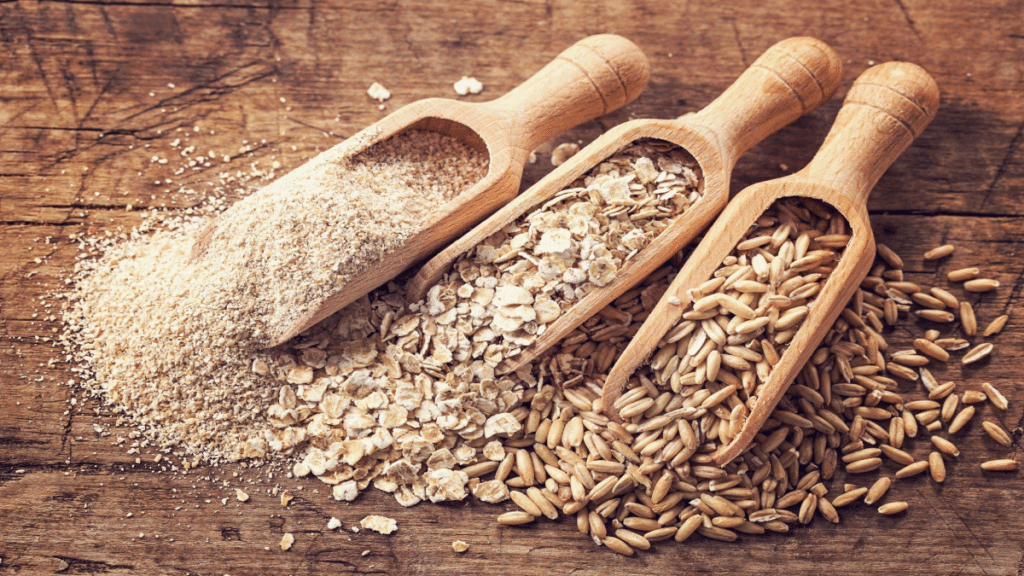
The longevity of whole grains like quinoa and farro depends largely on their fat content.
Exposure to heat, air, and moisture can deteriorate their healthy oils, leading to rancid grains. Always check for a faintly sweet or odorless scent to ensure your grains are still good.
It is said that quinoa can last 2-3 years; however, if you notice strange aromas and textures when you cook it, consider it time to toss out the quinoa.
3. Spices Such as Turmeric

Ground spices like turmeric, paprika, and nutmeg lose their flavor after about two to three years. A quick sniff and taste test can determine if your spice is still up to the task of adding zest to your recipes.
If fresh turmeric is stored in the freezer, it can last 6-9 months, while turmeric powder stored in dark cupboards can go 3-4 years. If it does not emit the distinct yet mildly earthy turmeric aroma, it has probably gone bad.
4. Baking Powder
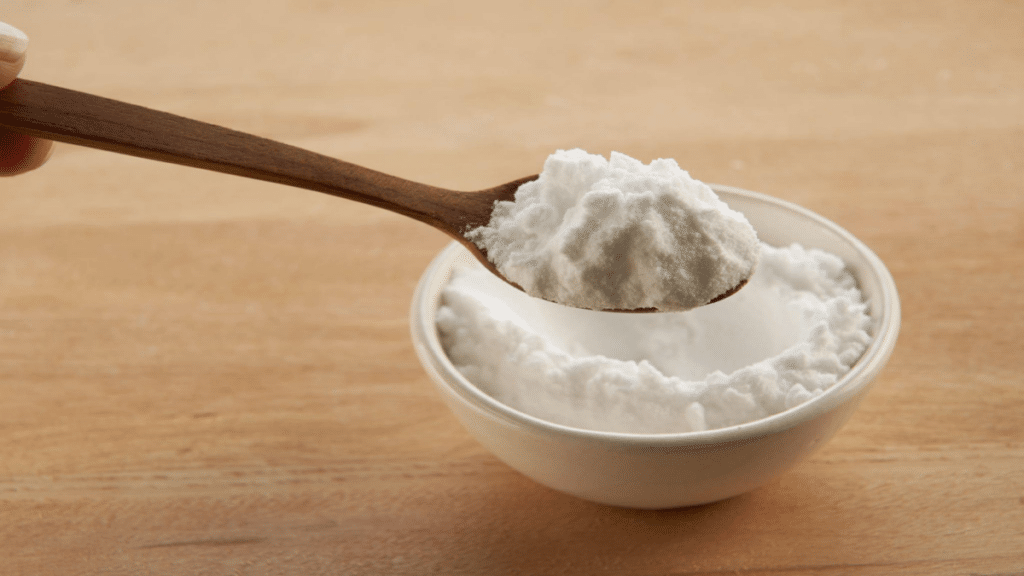
Over time, baking soda and baking powder lose their leavening power, resulting in disappointing baked goods. If not careful, using spoilt baking powder will have all your pastries falling flat.
Test their freshness with a simple kitchen experiment involving vinegar and hot water. Add baking soda and some vinegar in hot water. If it fizzes, then all is good.
Take a spoonful of baking powder (no vinegar needed), add hot water, and watch out for fizzes. If you do not see fizzing, it’s time to toss it out.
5. Breakfast Cereal

Opened cereal boxes become stale after three months due to air exposure, while sealed ones can last up to a year.
However, cereals containing nuts may spoil more quickly. Despite this, the biggest risk is an unpleasant taste rather than health concerns. If you notice any funny tastes, the cereal is definitely spoiled and should be disposed of.
6. Nuts and Seeds
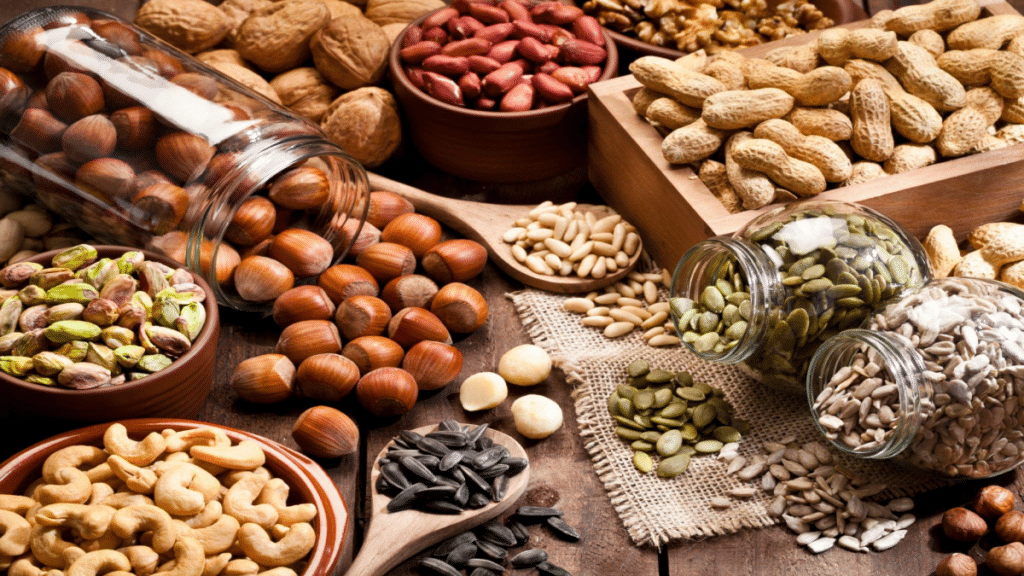
Nuts and seeds with high oil content can go rancid after a few months in your pantry. Signs of spoilage include a grassy or paint-like odor and an oily appearance. Besides, if they taste sour and bitter, they have probably oxidized and should be thrown out because they will have lost their nutritional value.
To preserve freshness, store them in a clear freezer bag in the fridge for up to a year.
7. Beer

Storing beer at room temperature can accelerate spoilage after about four months, as heat, light, and air seep through bottle caps.
The best telltale sign of spoiled beer is odd smells and taste. For instance, if it tastes and smells skunky, it is because it was stored under direct sunlight, reducing its lifespan.
Watch out; an odd sweet taste is a sign of oxidation in your beer. Opt for refrigerated storage to maintain the beer’s quality.
8. Tea and Coffee

Tea bags should be consumed within a year to prevent a bad flavor caused by aging oils. Coffee beans and grounds are best within two to four weeks, while instant coffee lovers have a bit more time—around two months.
Watch out for dull and stale flavors in your tea. Toss out anything that tastes less flavorful.
9. Canned Vegetables
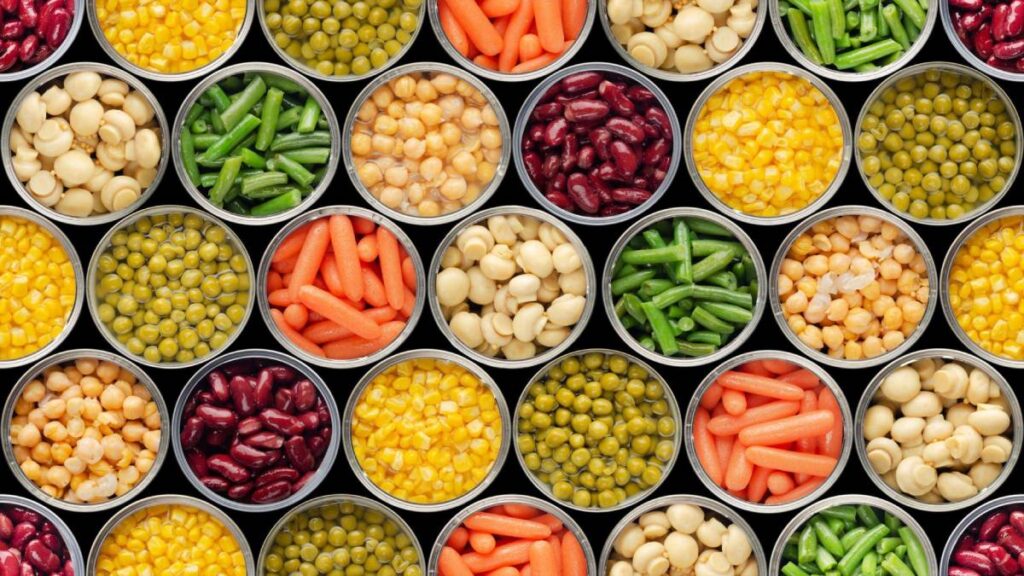
Contrary to popular belief, canned veggies have a limited shelf life. The texture may deteriorate, giving your vegetables a metallic taste over time. High acid content items like pickles can last 12 to 18 months, but low acid content vegetables like corn can remain edible for up to five years.
If the container looks swollen or is leaking, do not take the risk. When opened, watch out for moldy, discolored, and metallic smelling food content.
10. Whole Grain Flour
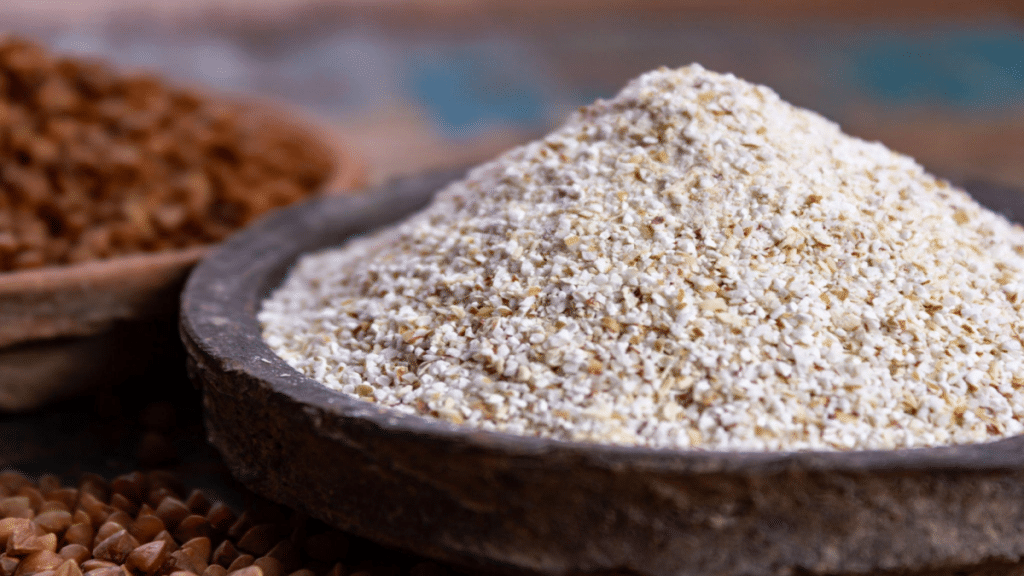
Storing whole grain flour in the refrigerator or freezer can extend its freshness. Whole grain flour can last up to eight months in the fridge and up to a year in the freezer.
While it won’t impact food safety, it will maintain the quality and taste.
Store your flour away from moisture, bugs, and high temperatures. You, however, need to throw it out when you notice funny, musty and sour tastes and smells.
11. Olive Oil

Olive oil is sensitive to light and heat, and while it won’t make you sick, it can taste off after six months of being opened. To avoid this, consider purchasing smaller bottles if you don’t use olive oil frequently.
A bitter taste is a sign that olive oil has gone rancid.
12. Brown Sugar

Opened bags of brown sugar tend to dry up and harden when exposed to the air after four months in your pantry. Extend its life by placing it in a resealable plastic bag or an airtight container to maintain its softness.
Discard it if you notice any bugs, mold, or any wet clumps.
15 Tips to Take Control of Your Grocery Budget Today

Food is expensive these days. With rising inflation, everyday items have become less affordable. Americans all over the country are having to revise and tighten their budgets, especially in the grocery category.
Even though money may be tight, with some planning and creativity and perhaps a nifty cookbook, you can still prepare great meals for your family without breaking the bank. Grocery shopping on a budget can seem daunting, but with the right resources, you can reduce your food spending and save some money.
15 Tips to Take Control of Your Grocery Budget Today
16 Discount Grocery Stores to Help You Save a Ton of Money

The current state of the economy has most people scrambling to pinch pennies. Shopping for necessities at discount stores is an excellent way to keep more cash in your wallet. Read on to learn the best places to grab a bargain.
16 Discount Grocery Stores to Help You Save a Ton of Money
Outsmarting Expenses: 10 AI-Powered Apps That Help Families Save Money

When it comes to navigating the world of personal finance, leveraging technology can make all the difference in how much money you’re able to save.
Outsmarting Expenses: 10 AI-Powered Apps That Help Families Save Money
I am deeply passionate about making money online, saving money, investing correctly, traveling affordably and living frugally.
